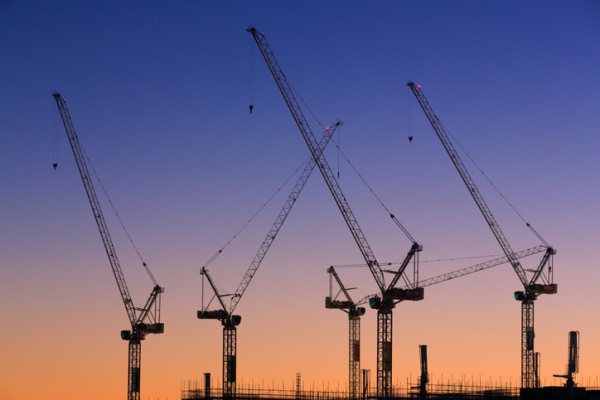Trade shortages threaten Australia’s housing targets

Trade workforce shortages pose a major threat to meeting the Housing Accord target of 1.2 million homes by 2029 according to the Housing Industry Association (HIA).
The HIA wants to promote career opportunities for skilled trade professionals. Due to several factors such as an aging workforce, infrastructure and renewable projects, the next generation of tradies hasn’t kept up to pace with the need.
It’s estimated that there are approximately 277,800 skilled trade workers in the residential building industry with the HIA estimating a tradie shortfall of 83,300 workers.
It’s important to ensure availability for people looking to begin a career in the industry, moved pathways for skilled migration and attracting workers from other industries or segments of the construction industry to play a role.
“The housing shortage that is driving up housing costs for Australian households can only be reduced through efficient delivery of new housing in greater quantities than has been achieved in the past,” HIA executive director – future workforce Mike Hermon says.
